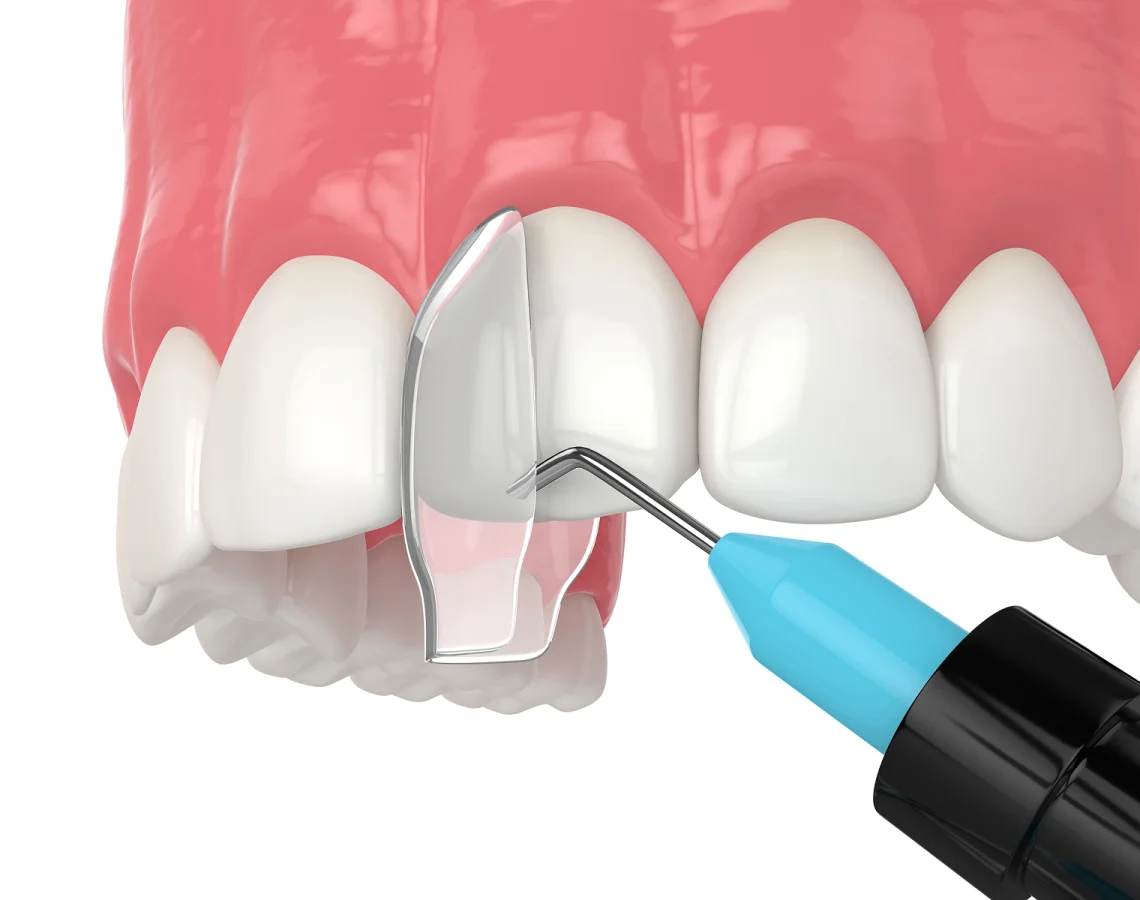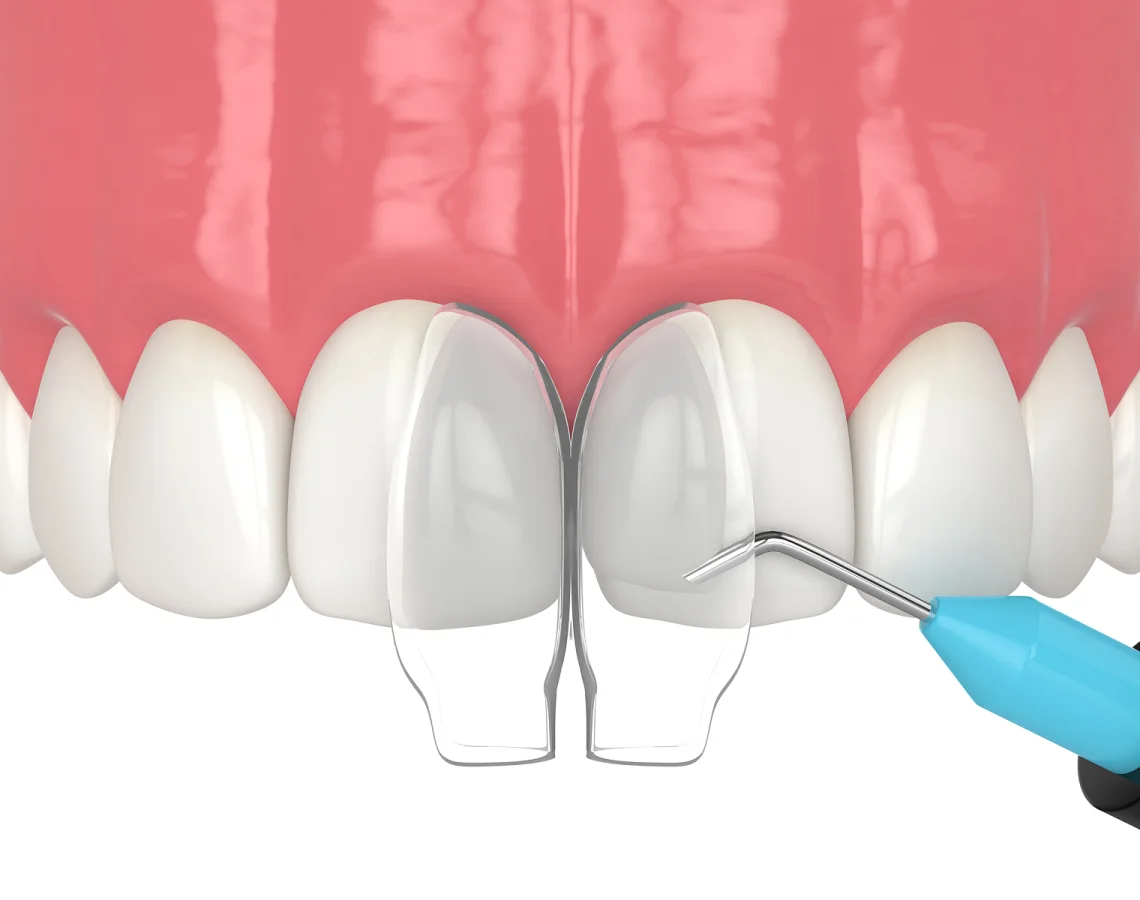
Composite Dental Bonding in Basingstoke
If you’ve ever looked in the mirror and wished you could fix a chipped tooth, close a small gap, or even out a slightly uneven edge - without committing to major dental work - composite bonding might be exactly what you're looking for. It’s one of the quickest and most effective ways we help patients improve the appearance of their teeth with minimal fuss and no drilling.
At Hampshire Dental Care, we use composite bonding to restore confidence as well as teeth. It’s a versatile treatment that can often be done in a single visit, giving you noticeable results without changing the natural structure of your tooth. Whether you’ve damaged a tooth through an accident or you simply want a more symmetrical smile, we’ll guide you through your options with expert care and attention to detail.
What Is Composite Bonding?
Composite bonding - also known as dental bonding or cosmetic bonding - is a technique where we apply a tooth-coloured resin material directly to the surface of your teeth. It’s then carefully shaped and polished to match the surrounding tooth and blend in seamlessly.
The material used is the same as that used for white fillings, so it’s durable, strong and designed to mimic the natural appearance of enamel. We use it to repair chips, reshape edges, close small gaps, and even out discolouration. Because it doesn’t require drilling or removal of the tooth’s structure, it’s often a more conservative option compared to veneers or crowns.
The process is comfortable, typically doesn’t require anaesthetic, and can usually be completed in just one appointment - depending on how many teeth we’re working on.

Why Choose Composite Bonding with Us?
We’re proud to offer cosmetic treatments that combine clinical skill with a natural, subtle finish. Bonding is one of those treatments where precision and artistry really matter, and our experience means we know how to shape and shade-match the resin for a result that looks like your real tooth - only better.
We’re often told by patients how relaxed they feel at our clinic, especially during cosmetic work. We don’t rush appointments or push for more treatment than you need. We focus on what’s best for your smile, your comfort, and your confidence. And because bonding is so flexible, we can often tailor it as part of a wider cosmetic plan - working alongside teeth whitening, white fillings or even Invisalign, depending on your goals.

Benefits of Composite Bonding
Composite bonding is a favourite among our patients for good reason. Here’s why it’s such a popular choice:
Quick and non-invasive
Most treatments take under an hour per tooth and don’t require any drilling or removal of healthy enamel.
Natural-looking results
We match the resin to the natural colour of your teeth for a seamless finish that looks completely authentic.
Cost-effective
Compared to other cosmetic options like veneers or crowns, bonding offers a more affordable way to improve your smile.
No recovery time
Once the bonding is complete, you’re good to go - no downtime, healing or aftercare restrictions.
Versatile treatment
Whether it’s chips, uneven edges, gaps or discolouration, bonding is suitable for a range of cosmetic concerns.
We take the time to talk through what you want to achieve, and we’ll always be honest about whether bonding is the right choice. If we think another option will give you a better result, we’ll say so - but we’ll also explain why.
Frequently Asked Questions
How long does composite bonding last?
With good oral hygiene and regular check-ups, composite bonding can last around 5–7 years, sometimes longer. Avoiding habits like nail biting or chewing on pens will help prolong its life.
Does the treatment hurt?
No. Bonding is usually completely painless and doesn’t require anaesthetic. Most patients find it a very comfortable procedure.
Can I whiten bonded teeth later?
Whitening gel doesn’t work on composite resin, so it’s best to whiten your teeth before bonding if that’s part of your plan. We can help you time it properly for the best result.
Is bonding suitable for everyone?
Bonding is ideal for small to moderate cosmetic corrections. We’ll assess your teeth during your consultation to confirm whether it’s the most appropriate option for your goals.
What’s the difference between bonding and veneers?
Veneers are custom-made porcelain shells that cover the front of the tooth, while bonding uses a resin applied directly. Veneers tend to last longer but involve more tooth preparation and cost. Bonding is less invasive and quicker.
If you’re based in Basingstoke and would like to refresh your smile with a fast, affordable cosmetic treatment, we’d love to hear from you. Book your consultation today and let’s talk about how composite bonding can help you smile with confidence again.